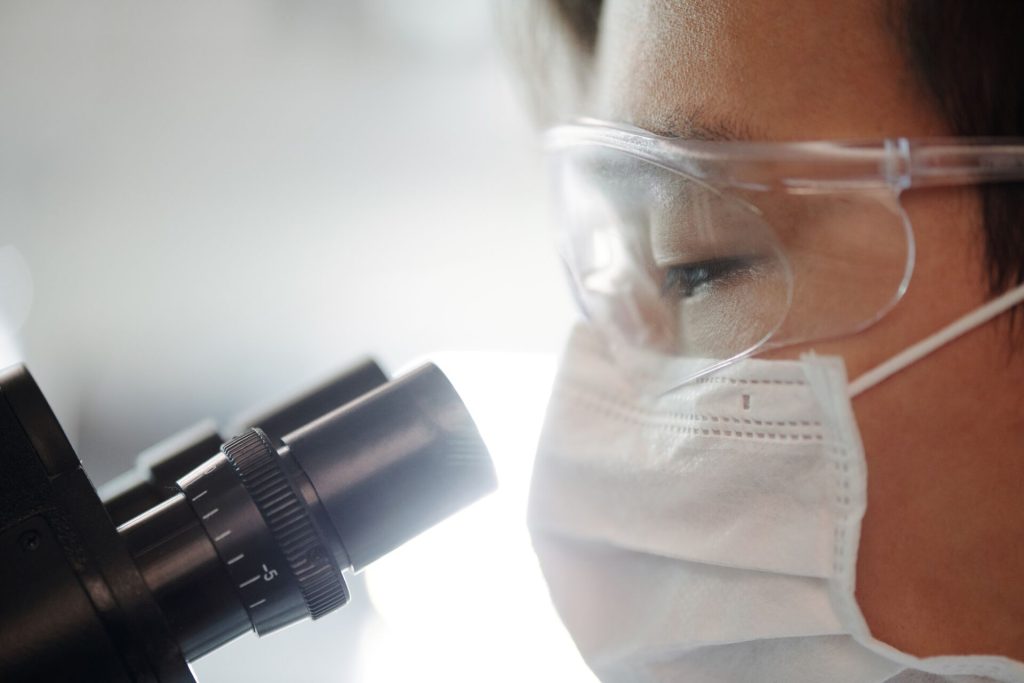Hair drug testing is a method that provides a comprehensive and extended window of drug use detection. If you’re curious about this testing method or need to understand when and why it’s used, this article will guide you through everything you need to know.
HOW DOES HAIR DRUG TESTING WORK?
Hair drug testing involves analysing a small sample of hair to detect the presence of drugs or their metabolites. Unlike urine or blood tests, which have a shorter detection window, hair testing can reveal drug use over a more extended period.
Here’s how it works:
- Hair Sample Collection: During the test, a small sample of hair, usually from the scalp, is collected. It’s essential to note that hair must be at least 1.5 inches long for accurate testing.
- Laboratory Analysis: The collected hair sample undergoes a series of chemical processes in a laboratory to extract and identify drug compounds. Highly sensitive equipment is used for this purpose.
WHEN IS HAIR DRUG TESTING USED?
Hair drug testing is employed in various contexts due to its ability to provide a longer history of drug use. Here are some common situations where it’s used.
WHAT EFFECTS HAIR DRUG TESTING?

Several factors can influence hair drug testing. The most significant include drug usage frequency and quantity, hair colour and type, and external contamination. Frequent and heavy drug use is more likely to yield positive results. Darker hair may retain drug metabolites more readily than lighter hair. Additionally, external substances like certain shampoos or environmental exposure to drugs can potentially contaminate hair samples, affecting the accuracy of the test. Bleaching and dyeing can all impact a hair drug test result and are best avoided for the most accurate results. Understanding these factors is essential for accurately interpreting hair drug test results and for individuals undergoing such tests to be aware of potential variables that can affect the outcome.
Pre-Employment Screening
Many employers use hair drug testing as part of their pre-employment screening process. It helps them identify potential candidates with a history of drug use. If you’re job hunting, be aware that this type of testing may be a requirement.
Probation and Parole
Individuals on probation or parole may be subject to regular hair drug testing to monitor their compliance with court-ordered sobriety.
Clinical or Medical Settings
Healthcare providers may use hair drug testing to diagnose substance use disorders or monitor patients undergoing addiction treatment.
Child Custody Cases
In contentious child custody battles, hair drug testing may be ordered by the court to assess the fitness of a parent or guardian.
Athletic Competitions
In the world of professional sports, hair drug testing is sometimes used to detect banned substances for athletes who may be using drugs to gain a competitive advantage.
CONCLUSION
Hair drug testing is a powerful tool for detecting drug use over an extended period. It is used in various contexts, from employment screening to taking the first steps for getting drug addiction support. While it has advantages, such as a longer detection window, it’s essential to understand its limitations and potential factors that can affect test results.
If you ever find yourself facing a hair drug test, it’s crucial to be aware of any external factors that could impact the results and to maintain honest and open communication with the administering authority. By understanding how hair drug testing works and when and why it’s used, you can navigate this aspect of drug testing with confidence and awareness.






